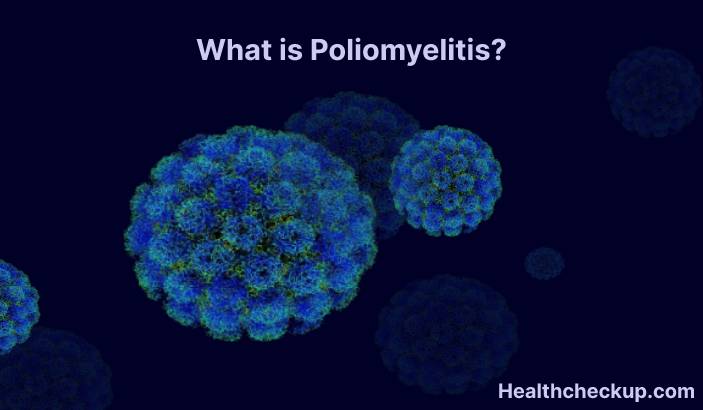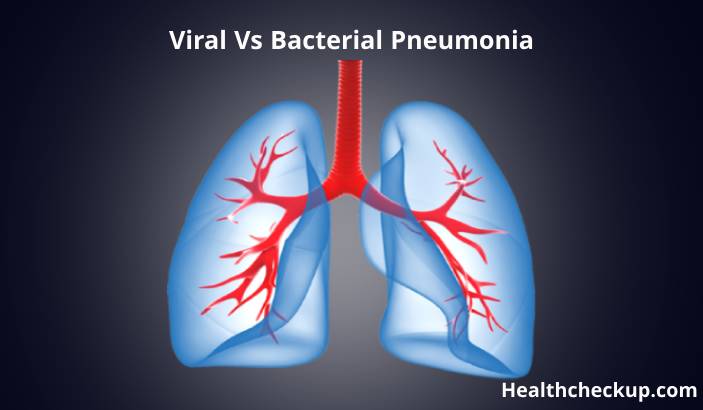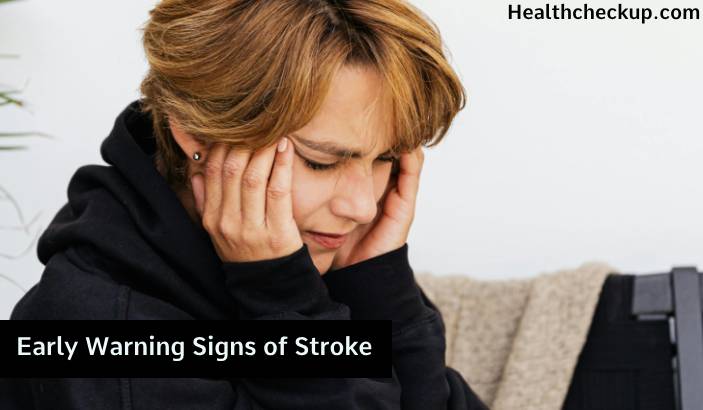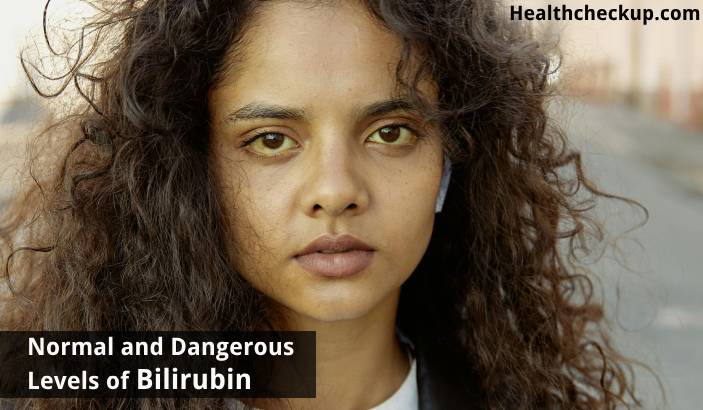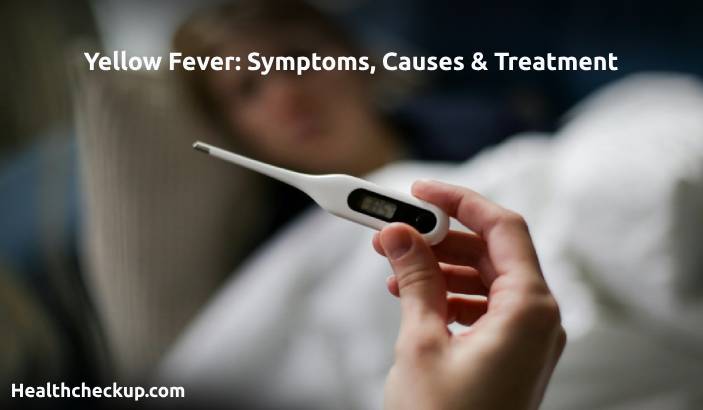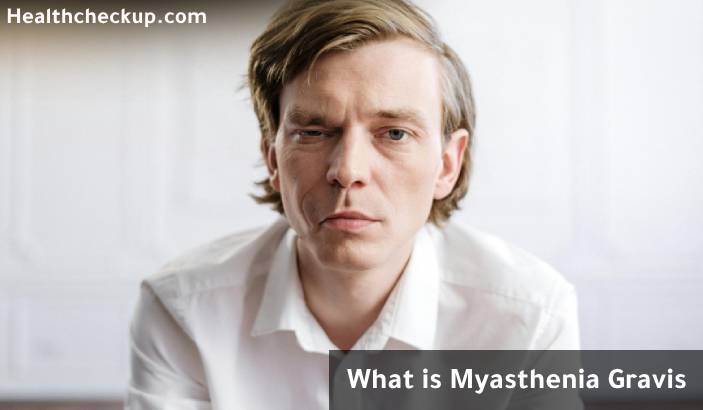Poliomyelitis, also known as polio or infantile paralysis, is a viral infection that is caused by the poliovirus. It is a highly contagious disease that is transmitted through contact with fecal matter or saliva from infected individuals. Polio primarily affects children under the age of 5 and can lead to permanent paralysis or death.
There are three main types of poliomyelitis: nonparalytic, paralytic, and bulbar.
- Nonparalytic polio is the mildest form of the disease and is characterized by flu-like symptoms, such as fever, headache, and muscle aches.
- Paralytic polio is the most severe form of the disease and is characterized by paralysis of the muscles. Symptoms include muscle weakness, difficulty breathing, and difficulty swallowing.
- Bulbar polio affects the muscles of the head and neck and can lead to respiratory failure.
Diagnosis of poliomyelitis is typically based on the presence of symptoms and a person’s history of exposure to infected individuals. Laboratory tests, such as a PCR (polymerase chain reaction) test or virus culture, can be used to confirm the diagnosis.
There is no specific treatment for poliomyelitis, and treatment is typically based on the severity of the illness. It includes medications to control symptoms, such as pain and fever, and supportive care, such as respiratory support for individuals with respiratory muscle weakness. Physical therapy and rehabilitation may also be necessary for individuals with paralysis.
Poliomyelitis can be prevented through vaccination with the inactivated polio vaccine (IPV) or the oral polio vaccine (OPV). The IPV is typically recommended for children as part of the routine childhood vaccination schedule, while the OPV is typically recommended for children in areas where polio is still a risk.
Good hygiene practices, such as washing your hands frequently and practicing proper sewage disposal, can also help prevent the spread of poliomyelitis. If you are experiencing symptoms of poliomyelitis or have been exposed to infected individuals, it is important to seek medical attention as soon as possible. Follow the recommendations of your healthcare provider and public health officials to help protect yourself and others from poliomyelitis.


